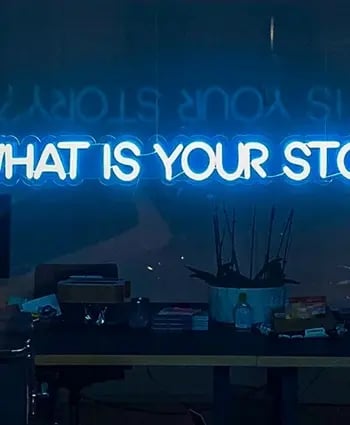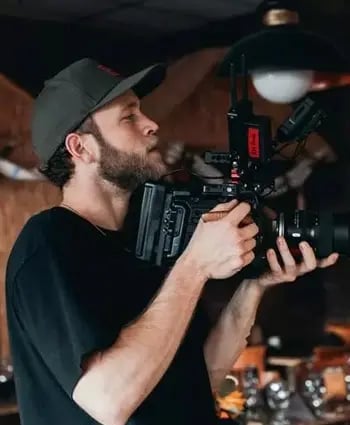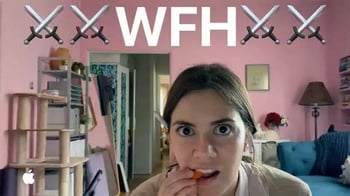Time-lapse and Slow-motion Techniques: Crafting Visual Magic
Discover cinematic time-lapse and slow-motion magic. See how video companies craft compelling narratives
Alright, picture this: a blooming flower, its petals stretching out to embrace the sun. Now, imagine watching this process unfold in mere seconds or, conversely, seeing a droplet of water suspended in mid-air, taking its sweet time before it crashes onto a surface.
These captivating visuals are brought to you courtesy of time-lapse and slow-motion techniques. If you've ever wondered how video production companies pull off these mesmerising shots, let's pull back the curtain and dive right in.
Time-lapse: Speeding Up Time
What Is It?
Time-lapse is a filming technique where the frequency of the film frames is much lower than the playback speed. When played at standard speed, time appears to be moving faster—hence, "lapsing".
Why Use It?
- Showcasing Progression: Whether it's a construction project from start to finish or the hustle and bustle of a cityscape from day to night, time-lapse effectively captures the passage of time.
- Conserving Time: For content where screen time is limited, this technique can convey long processes without testing the viewer's patience.
How Do Video Production Companies Nail It?
- Stability is Key: Any slight movement can ruin a time-lapse shot. Video production companies often use high-quality tripods or stabilising equipment.
- Interval Choice: The magic lies in selecting the perfect interval. How often should you capture an image? Every second? Every minute? It all depends on the subject.
- Post-Production Polish: Adjusting exposure, colour grading, and ensuring smooth transitions are essential in post-production.
Slow-motion: Slowing Down Moments
What Is It?
Slow-motion does the opposite of time-lapse. It captures frames at a rate much faster than it will be played back, making time appear to be moving slower.
Why Use It?
- Amplifying Emotional Impact: Slow-motion can heighten drama, making moments more poignant. Think about the climactic scene in an action film where every detail of a character's expression is accentuated.
- Detail Showcase: Want to highlight the intricacies of a dance move or the beauty of nature? Slow-motion lets viewers soak in every nuance.
How Do Video Production Companies Ace It?
- High Frame Rate Cameras: Capturing in slow motion requires equipment that can shoot at very high frame rates, often upwards of 240 frames per second.
- Lighting Considerations: The faster the frame rate, the more light is needed. Proper lighting ensures the shot isn't underexposed.
- Post-Production Tweaks: Adjusting the playback speed, syncing audio, and fine-tuning are all done in post-production.
Wrapping Up
Time-lapse and slow-motion are more than just techniques; they're storytelling tools. They can breathe life into a scene, add depth, and provide a fresh perspective. The prowess of a skilled video production company like Venture can leverage these techniques to transform ordinary footage into cinematic masterpieces.
So, next time you're lost in a scene, marvelling at the beauty of time captured in a unique way, take a moment to appreciate the craft. Behind that artistry, there's a team of experts, a vision, and a whole lot of technique.
Written by Jonathan English CEO for Venture Videos — a full-service video production agency that specialises in producing creative videos & campaigns that get real results.







